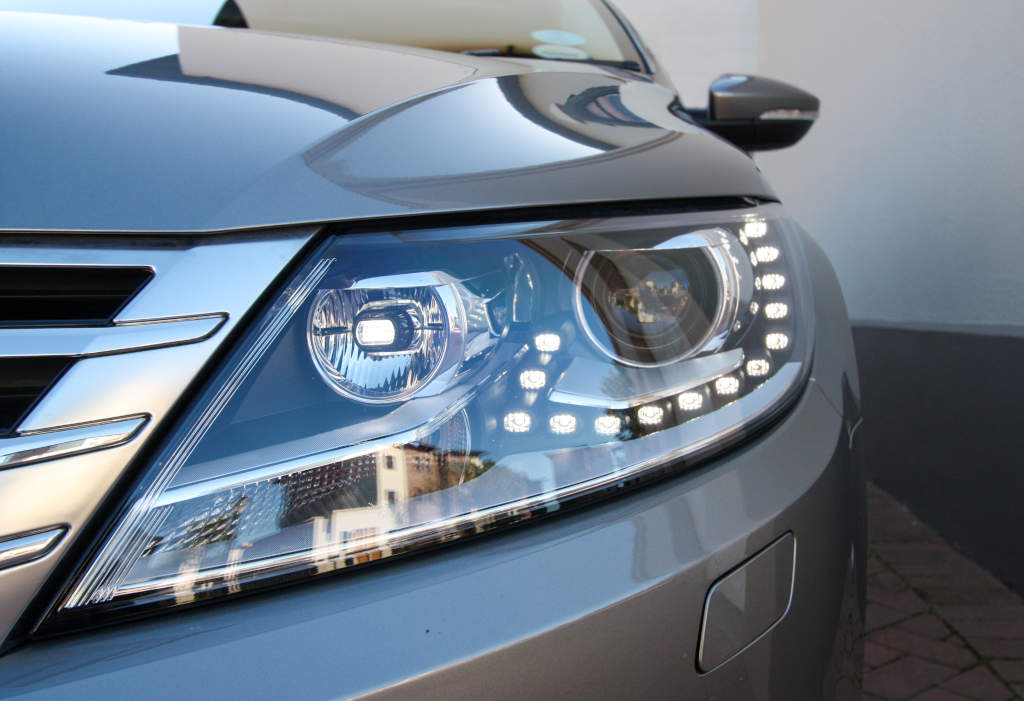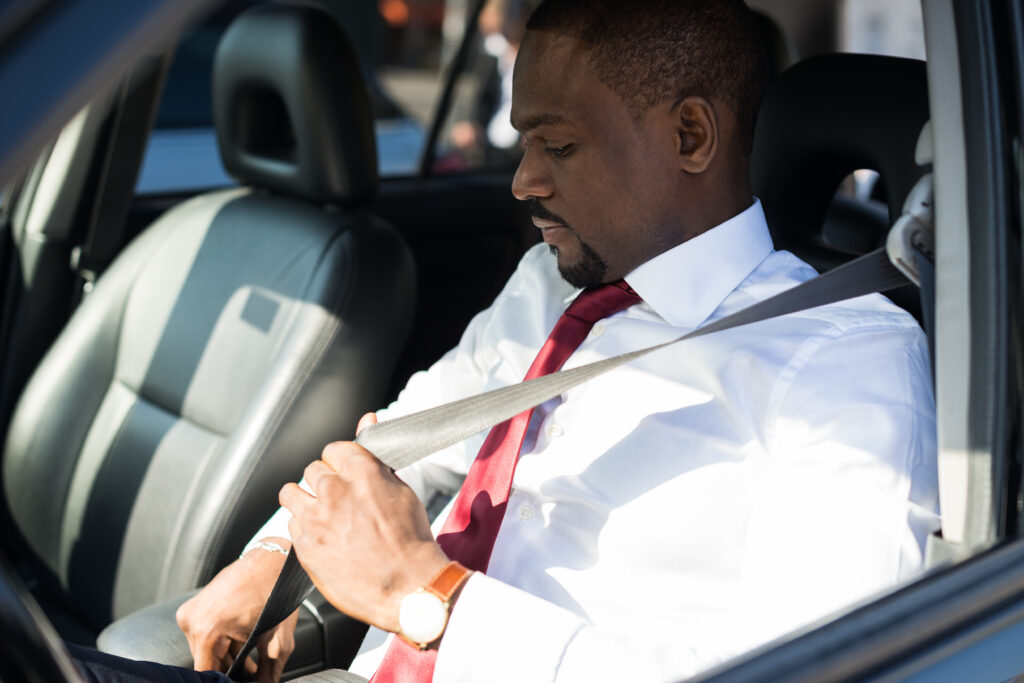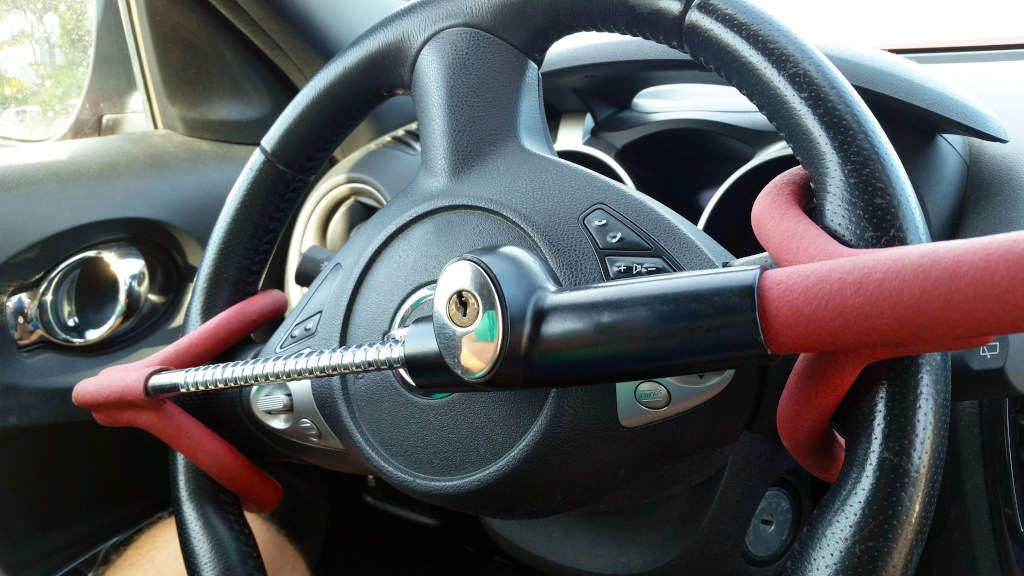Driving can be dangerous, especially when you share the road with many other cars. Manufacturers try to make driving safer by developing improved safety features for vehicles. One of those is daytime running lights (DRL), which you see more and more often. If your car has DRL, you’ll be safer and possibly qualify for a discount on your auto insurance.
In this article:
- Daytime running lights basics
- How the DRL discount works
- How much you save
- Companies offering DRL discounts
- Does DRL make driving safer?
- Frequently asked questions
Daytime Running Lights (DRL) Basics
Daytime running lights (DRLs) are lights on the front of your car that turn on when in gear or the ignition is on. They alert other drivers and pedestrians that your vehicle is active, meaning it could drive at any moment. For the most part, you find DRLs on newer models.
Running lights that remain on during daylight hours makes driving safer and may qualify your for an auto insurance discount. Eligibility and availability, however, depends on your coverage provider. Your savings will also vary. For example, GEICO offers 3% in savings to customers with DRL. Not bad for a safety feature every vehicle should have anyway!
How the Daytime Running Lights Discount Works
Auto insurance is a requirement in most states, but it can be very expensive. This is especially true if you’re a young driver or have tickets and accidents on your record. Fortunately, insurers provide customers with a variety of ways to lower rates. Every carrier offers additional discounts that reduce premiums by a certain percentage. They’re a great way to save money.
Most insurance carriers reward you if your car has modern safety features. Protective equipment like the following can qualify you for discounts including:
Though DRL are installed in newer model vehicles, only a few insurers offer a daytime running lights discount. The savings also vary by provider and state, although most save about 3% on average. You’ll need to contact an agent for more pricing information.
Qualifying for this discount simple because your car must have running lights that stay on in the daytime, and that’s about it. Newer vehicles typically come with these lights factory-installed. Your insurance company should know which models come with DRLs as standard equipment.
Aftermarket DRL may also be an option. Though, your insurer may not approve of them. Ask first before you install your own. In this case, you may need to prove to your insurance company that your DRL function the way intended.
How Much You Save
Most auto insurance rewards vary significantly from one insurer to another, but the daytime running lights discount is consistent in terms of how much it saves policyholders. As of this writing, every major national carrier offering savings for DRL lower rates by 3%.
That may not be much, but a lot of you probably didn’t even know the DRL insurance discount existed. So, getting a a rate reduction for existing standard equipment will be a welcome surprise.
Companies With a Daytime Running Lights Discount
Not many of the major car insurance companies outwardly offer the DRL discount. Here’s a list of the major carriers offering it:
These are major insurers that offer the DRL discount. But local insurers who only write policies in your area may also offer it. In the State of New York, for example, providers must offer a discount on some coverages for vehicles equipped with daytime running lights. And in many cases, the only way to find out if you qualify is to ask.
Daytime Running Lights Discount by Company
| Insurance Company | Max Savings |
|---|---|
| GEICO | 3% |
| USAA | 3% |
| Farmers | 3% |
| State Farm | 3% |
Do Daytime Running Lights Make Driving Safer?
Manufacturers have started to add daytime running lights to their vehicles because they add an extra level of safety. But they aren’t meant to replace headlights or increase visibility for the driver. Instead, they help make you more visible to other drivers, pedestrians, and bicyclists. DRLs work by having lights active at all times when the car is on or in gear. The light’s color is usually yellow, white, or amber.
The effectiveness of these lights isn’t widely known. A 2008 report by the National Highway Traffic Safety Administration found that DRLs may have lowered light trucks’ and vans’ role in two-car crashes by 7.5%. So, there is some info on how they may prevent collisions. DRLs may also be more effective in areas with dark weather. This is because they help to make vehicles more visible to others.
Frequently Asked Questions
Is it good to have daytime running lights?
Absolutely. Daytime running lights help make your car more visible to other drivers and pedestrians. This can prevent collisions and save you money in the long run by avoiding accidents. Your insurer may also reward you with lower rates for having them on your vehicle.
Are DRLs the same as headlights?
No, daytime running lights are different than headlights. DRLs don’t necessarily help to increase your visibility on the road. And they’re also not as bright, so they don’t replace regular headlights. They’re meant to help others see you and know your car is active.
How much do daytime running lights cost?
DRLs are inexpensive, costing $50 to $200 for a kit. Labor would be more and depends on the vehicle they’re installed on. Many newer cars come with this safety feature factory-installed. Either way is cheap when you think of the extra visibility these lights provide.
Can you use DRLs at night?
Yes, you can. Daytime running lights remain active while your engine is running unless you activate your headlights. Some DRLs stay on but dim slightly for oncoming traffic. There may be a way for you to override each type. Just make sure that you use them lawfully.


